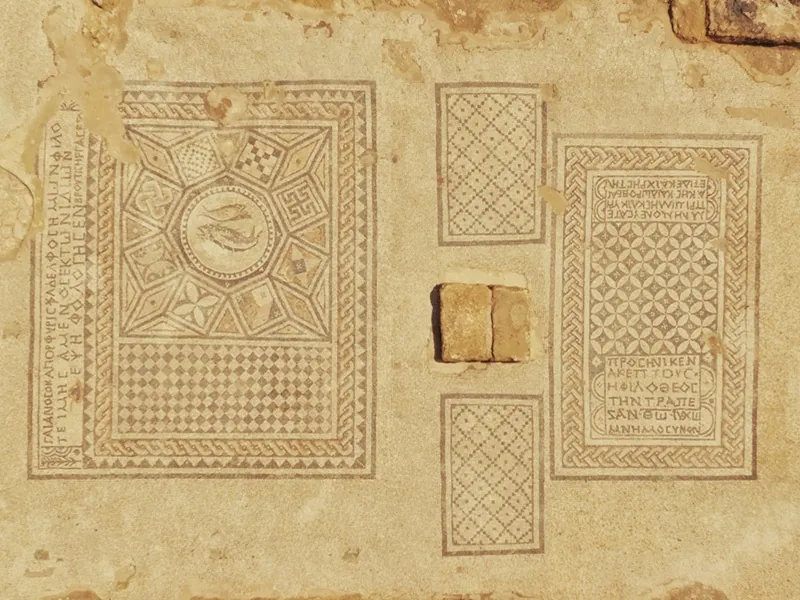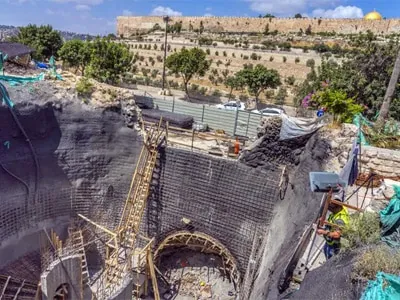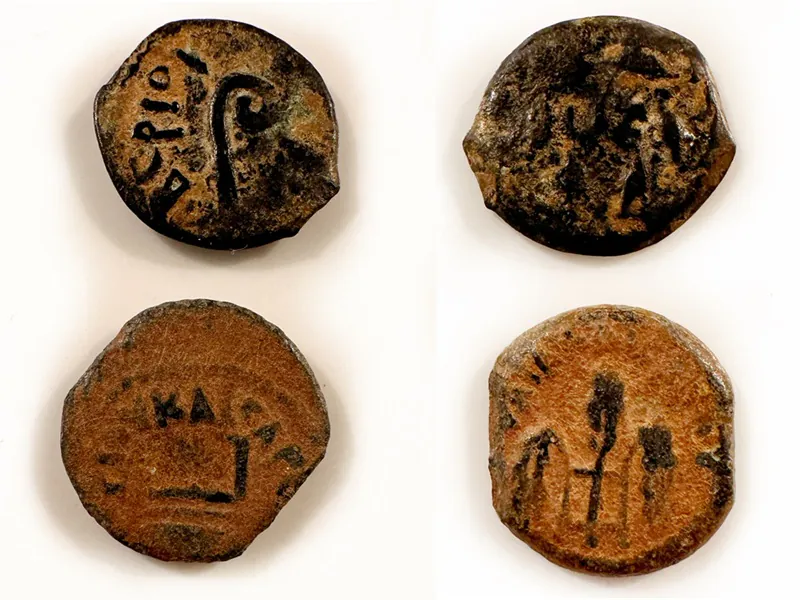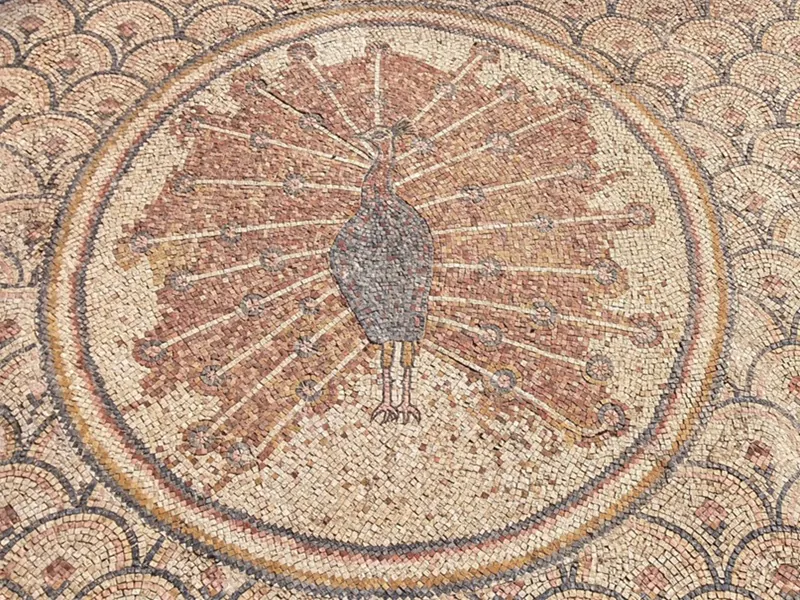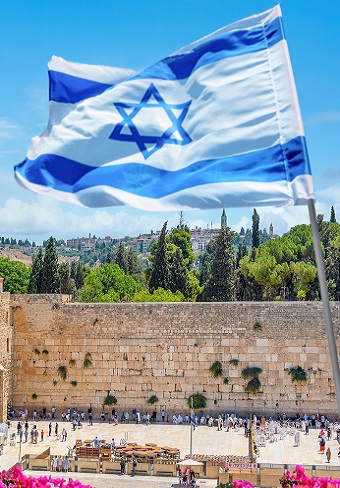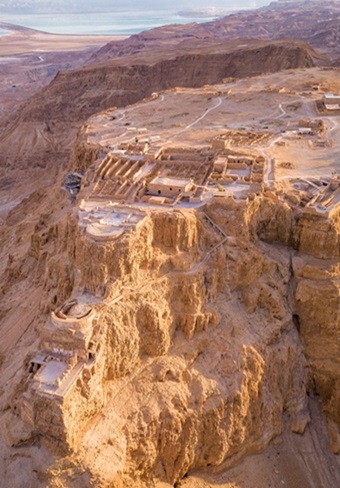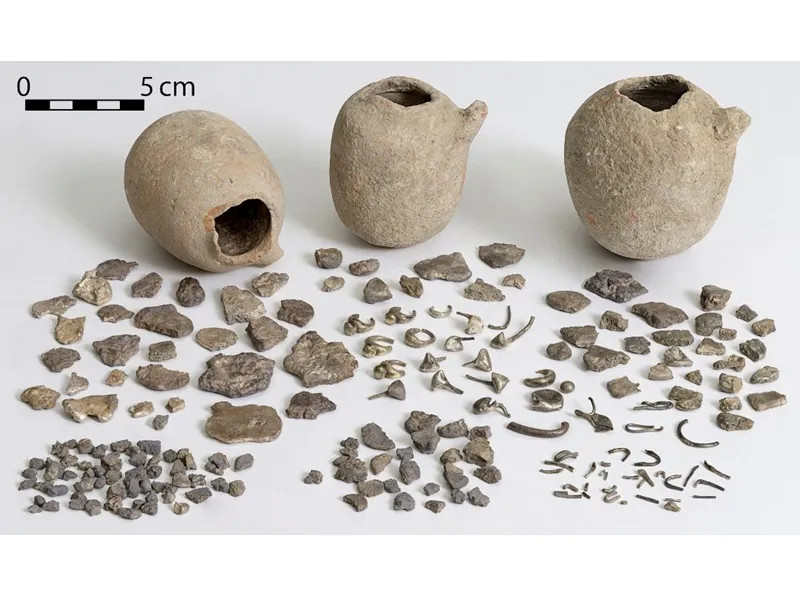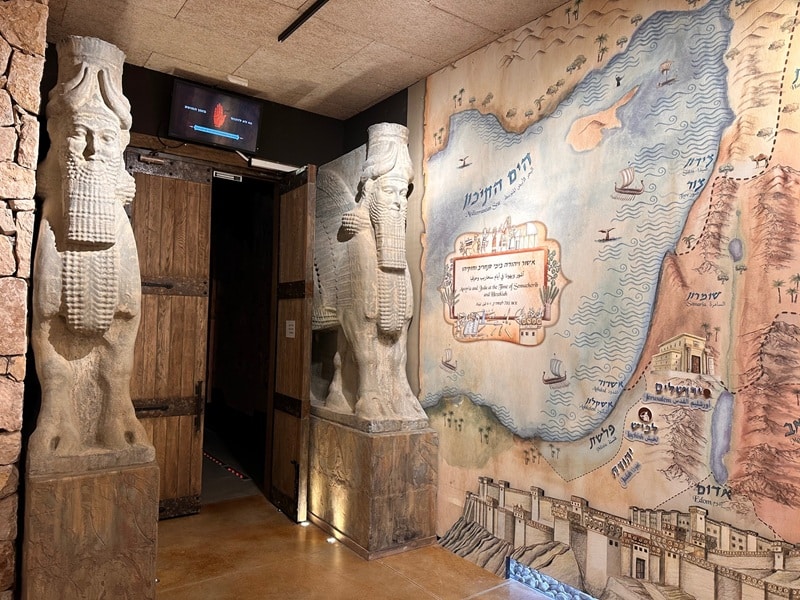Mysterious Church and Jewish Ritual Bath Discovered at Gethsemane
In recent years, the Custody of the Holy Land, which represents the Catholic Church in Israel, is developing the area around the church of Gethsemane. They wish to create an underground passage from the church into the Kidron valley, believed to be the site of the final judgment at the end of times. During the development work, two surprising archaeological discoveries were made.
Surprising New Discoveries
Close to the surface, foundations of a Byzantine period church were discovered. The modern church of Gethsemane itself is built over a church from the Byzantine and Crusaders periods, and so finding another Byzantine-era church was a quite surprise. Did this church sanctify another event relating to Gethsemane? A Greek inscription was found in the church’s mosaic floor, but its contents was merely blessing the donors who contributed to building the it: “for the memory and repose of the lovers of Christ. God, who have received the sacrifice of Abraham, accept the offering of your servants and give them remission of sins. Amen”.
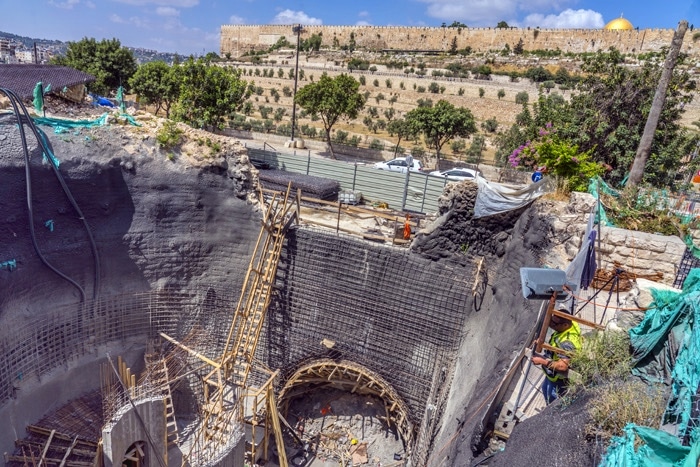
The new shaft next to the Garden of Gethsemane. Photo by Yaniv Berman. Israel Antiquities Authority.
The name and purpose of the Gethemane’s second church remains a mystery. We do know that some pilgrims in the Byzantine Period identified near Gethsemane the site of the Last Supper. They do not mention a commemoration church, but perhaps this church was built later, to commemorate the Last Supper?
More Surprises
Another surprising discovery was found at the bottom of the shaft dug for the underground passage. Deep below the surface, and the Byzantine era-church, a Jewish ritual bath (a Miqveh) was uncovered. Carved into bedrock, its location indicates the Kidron valley was much deeper about 2,000 years ago, forming a steep slope on Jerusalem’s eastern side. But moreover, finding the ritual bath next to Gethemane, whose name means “an oil press”, suggests the oil manufactured here was produced in purity, perhaps for use at the temple. In fact, who knows? perhaps the olive oil coming from Gethsemane was used to light the Temple’s Menorah, the sacred 7 branched candelabra!
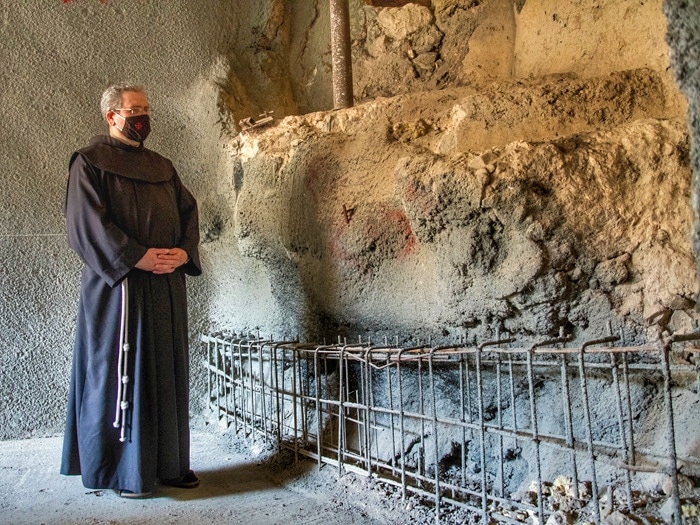
Dr. Francesco Patton, head of Custody of the Holy Land, looking at the ritual bath uncovered at the bottom of the shaft. Photo Yoli Schwartz, Israel Antiquities Authority.
Parallels
Ritual baths combined in olive presses are also known elsewhere around Jerusalem. In the northern suburb of Pisgat Ze’ev, next to where my family and I lived, about 25 years, a combined oil press, olive press and ritual baths were uncovered, in 1990. Here too, archaeologists speculated that the oil and wine produced here, in purity, was intended to Jerusalem’s Temple
The Custody of the Holy Land is now discussing how to integrate the new discoveries into the Gethsemane’s development plans.
See also me presenting the discovery on ‘The Watchman’ Show –
A tour of Gethsemane can be combined in a day tour of Jerusalem.
Contact us to inquire more about a private tour to Jerusalem:
Keep Exploring
-

Mysterious Church and Jewish Ritual Bath Discovered at Gethsemane

